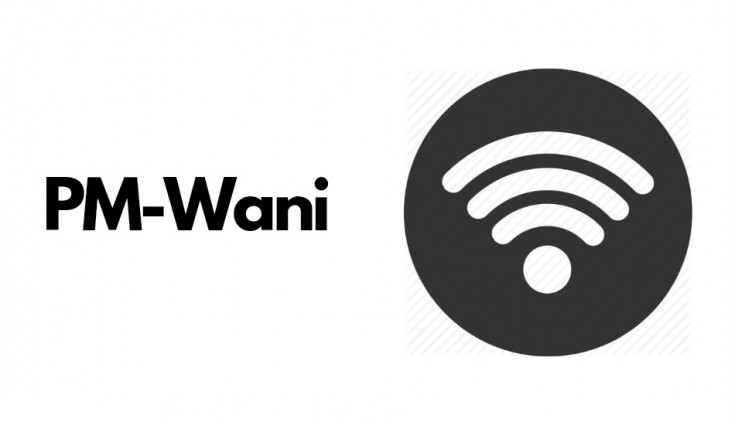
PM-WANI: INDIA’S NEW PUBLIC WI-FI PROJECT
Context
- The Union Cabinet recently cleared a proposal by the Department of Telecommunications to set up public Wi-Fi access network interfaces.
- This is essentially a nationwide network of public Wi-Fi hotspots, termed public data offices (PDOs) after the public call office (PCO) concept rolled out by the Indian government to set up a nationwide network of landline public pay-phones
More about PM WANI
- As part of this scheme, the government aims to provide internet connectivity through Public Data Offices (PDOs). The scheme aims to not only boost the “ease of doing” business but also will do the “ease of living.
- The public network will be set up by the public data office aggregators (PDOAs) to provide Wi-Fi service through the public data offices (PDOs) spread throughout the country.
- It will help accelerate the proliferation of broadband internet services through a public Wi-Fi network. The government will also develop an app to register users and discover the WANI-compliant Wi-Fi hotspots in the nearby area and display them for accessing internet service.
- No license fee will be charged for providing broadband internet services. So using public Wi-Fi hotspots will greatly encourage its penetration across the country. A customer wanting to access the network from a PDO’s premise can do so only after an eKYC authentication.
Need for a Public Wi-Fi Network in India
-
- To increase the proliferation of internet services in the country.
- With PDOs – which will basically be small retail outlets across the length and breadth of the country – last mile connectivity is being aimed at.
- To offer a cost-effective option for the common man.
- Even in urban areas with sufficient mobile data coverage, the mobile internet tariffs are bound to increase.
- To achieve the ‘Digital India’ vision.
- From 2015 to June of 2020, India grew from 302 million internet subscribers to 750 million. That is a Compound Annual Growth Rate (CAGR) of 20%, making India one of the fastest growing internet markets in the world.
- To increase the proliferation of internet services in the country.
- However, this statistic overshadows the quality of access. Only 23 million are wired internet subscribers.
-
-
- If Digital India vision is to be achieved, there is a need to deliver a resilient and reliable connection to every Indian, so that they can have reliable access everywhere, at affordable price points.
-
- According to Digital Quality of Life Index 2020, India was placed at 9th position in Internet Affordability, outperforming even countries like the UK, the USA and China. While, for Internet Quality and E-infrastructure, India was almost at the bottom of the pillar placed at 78th and 79th (out of 85) positions respectively.
- It has the potential to generate over 2 crore jobs and entrepreneurship opportunities, besides offering a cost-effective means of mass connectivity.
- Given the National Digital Communications Policy goals of creating 1 crore public Wi-Fi hotspots by 2022, and with the present number being merely at 3.5 lakh, PM-WANI is expected to result in the creation of demand and scope for developing the components for this pan-India activity (Atmanirbhar Bharat).
- PDOs can become local distribution centres for content.
- Students in rural areas can access offline content without using bandwidth.
- Combining this with the liberalisation of the Other Service Providers (OSPs) regulations, one can see that India is paving the way for digital SMEs (Small and Medium-sized Enterprises) to go online without the burden of onerous compliances.
- It will further Ease of Doing Business and Ease of Living, as it will enable small shopkeepers to provide Wi-Fi service.
Potential pitfalls of a public Wi-Fi network
-
- The US Federal Trade Commission’s consumer information portal highlights the threats of public Wi-Fi hotspots. It says that while Wi-Fi hotspots in coffee shops, libraries, airports, hotels, universities, and other public places are convenient, they’re often not secure.
- The portal also points out that most Wi-Fi hotspots don’t encrypt information that is sent over the Internet and therefore aren’t secure. This could potentially lead to hacking or unapproved access to personal information on the device.
- The viability of public Wi-Fi networks in India has also been called into question with several tech-giants already having tried and failed. In 2017, social media company Facebook had launched Express Wi-Fi. The project made little impact.
- Google’s Station project, to provide free wi-fi in more than 400 railway stations across India and “thousands” of other public places, which was launched in 2015, was shut down earlier this year.
